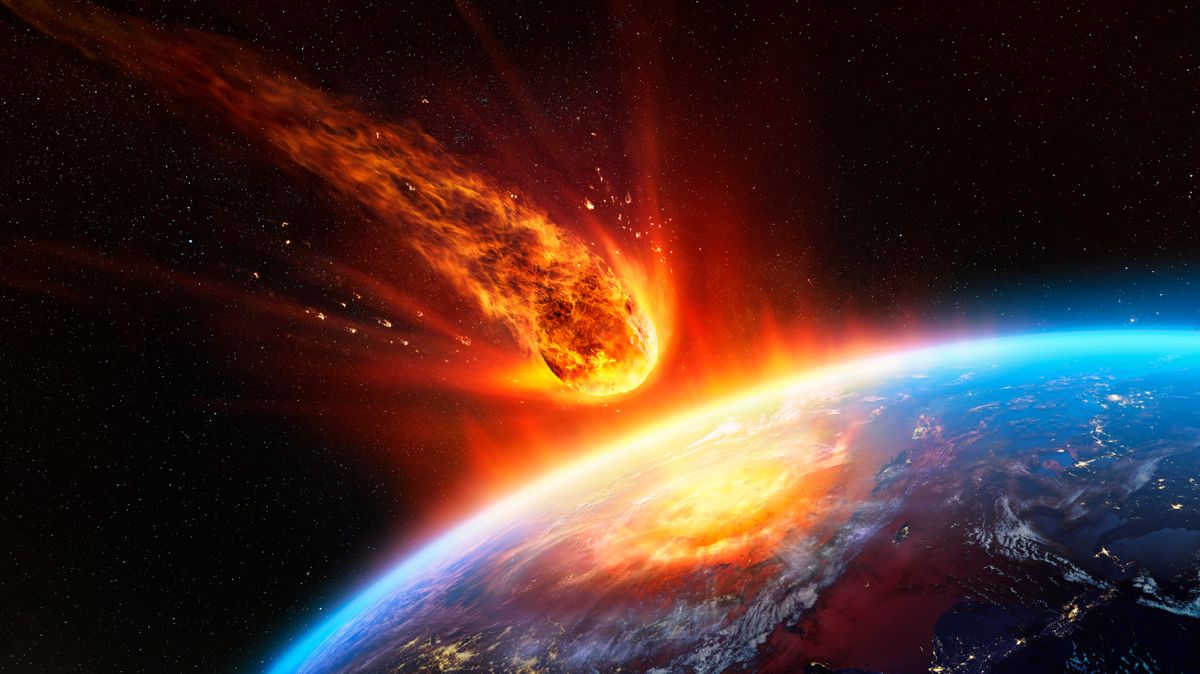
The cosmos continuously reveals its secrets through the intriguing remnants it leaves behind. One such groundbreaking discovery is the finding of a meteorite that predates Earth itself. This revelation is reshaping our understanding of the formation and evolution of our solar system, challenging long-held theories and opening new avenues for scientific inquiry.
The Significance of Old Meteorites
Meteorites, often regarded as cosmic messengers, carry valuable clues about the early solar system. When scientists analyze these space rocks, they essentially reverse-engineer the history of our cosmic neighborhood. Among these, a particular meteorite has garnered significant attention due to its extraordinary age—older than our planet.
What Makes This Meteorite Unique?
- Age: The meteorite’s age has been estimated to be more than 4.56 billion years, which is believed to be older than Earth itself.
- Composition: Its mineral makeup and isotopic signatures suggest it originated from the very beginning stages of the solar system.
- Implications: This meteorite provides tangible evidence of the materials that existed before Earth was formed, offering insights into the primordial conditions of the early solar neighborhood.
Scientific Discoveries and Evidence
Recent research, as reported by the BBC, confirms that the meteorite’s age surpasses Earth’s formation timeline. Such fossils are rare and invaluable, highlighting the complexities of cosmic history.
Methods Used for Dating the Meteorite
Scientists employed advanced techniques such as radiometric dating, focusing on isotopic compositions like uranium-lead and samarium-neodymium systems. These methods enable highly precise age determination, affirming the meteorite’s status as one of the oldest objects in our solar system. The data imply that this meteorite was part of the primordial building blocks that coalesced to form the Sun, planets, and other celestial bodies.
Implications for Our Understanding of Solar System Formation
The discovery of a meteorite older than Earth has profound implications:
- Pre-Planetary Material: It indicates the presence of solid, stable bodies before the planetary formation process began.
- Solar Nebula Dynamics: It suggests that parts of the solar nebula—the cloud of gas and dust—existed in a solid state long before planets coalesced.
- Timing of Planet Formation: It helps refine the timeline for when Earth and other planets formed relative to the initial generation of solid bodies in the early solar system.
Broader Cosmic Context
Understanding that some meteorites predate Earth allows scientists to place our planet in a broader cosmic context—showing that the materials that eventually formed Earth and other planets were already in circulation for hundreds of millions of years before planetary formation. This knowledge underscores the dynamic and chaotic nature of our solar system’s genesis and evolution.
Connections to Stellar and Galactic Evolution
Surprisingly, such ancient meteorites also serve as a bridge connecting planetary science with stellar evolution and galactic history. They may contain isotopic signatures of older stars, incorporating elements synthesized in previous generations of stellar nucleosynthesis. This fosters a deeper understanding of how the material composing our solar system has been recycled and redistributed through cosmic time.
Future Research Directions
While the current findings are groundbreaking, they also kickstart numerous questions:
- What specific processes led to the preservation of such ancient material?
- How common are meteorites of this age in our solar neighborhood?
- Can further analysis reveal more about the environment of the early solar system?
Researchers are now focusing on the meticulous analysis of similar meteorites, employing sophisticated age-dating techniques and isotopic studies to build a more comprehensive narrative of our cosmic origins.
Conclusion
The discovery of a meteorite older than Earth fundamentally alters our understanding of the early solar system. It underscores a universe where materials circulate and evolve over billions of years, long before planets like Earth even existed. As science continues to unravel these ancient clues, we come closer to understanding our origins and our place in the universe.
Such groundbreaking findings exemplify the incredible power of space science and the importance of studying extraterrestrial materials. As we probe deeper into the cosmic past, each discovery contributes a vital piece to the grand puzzle of our existence.
For more updated news please keep visiting Prime News World.









